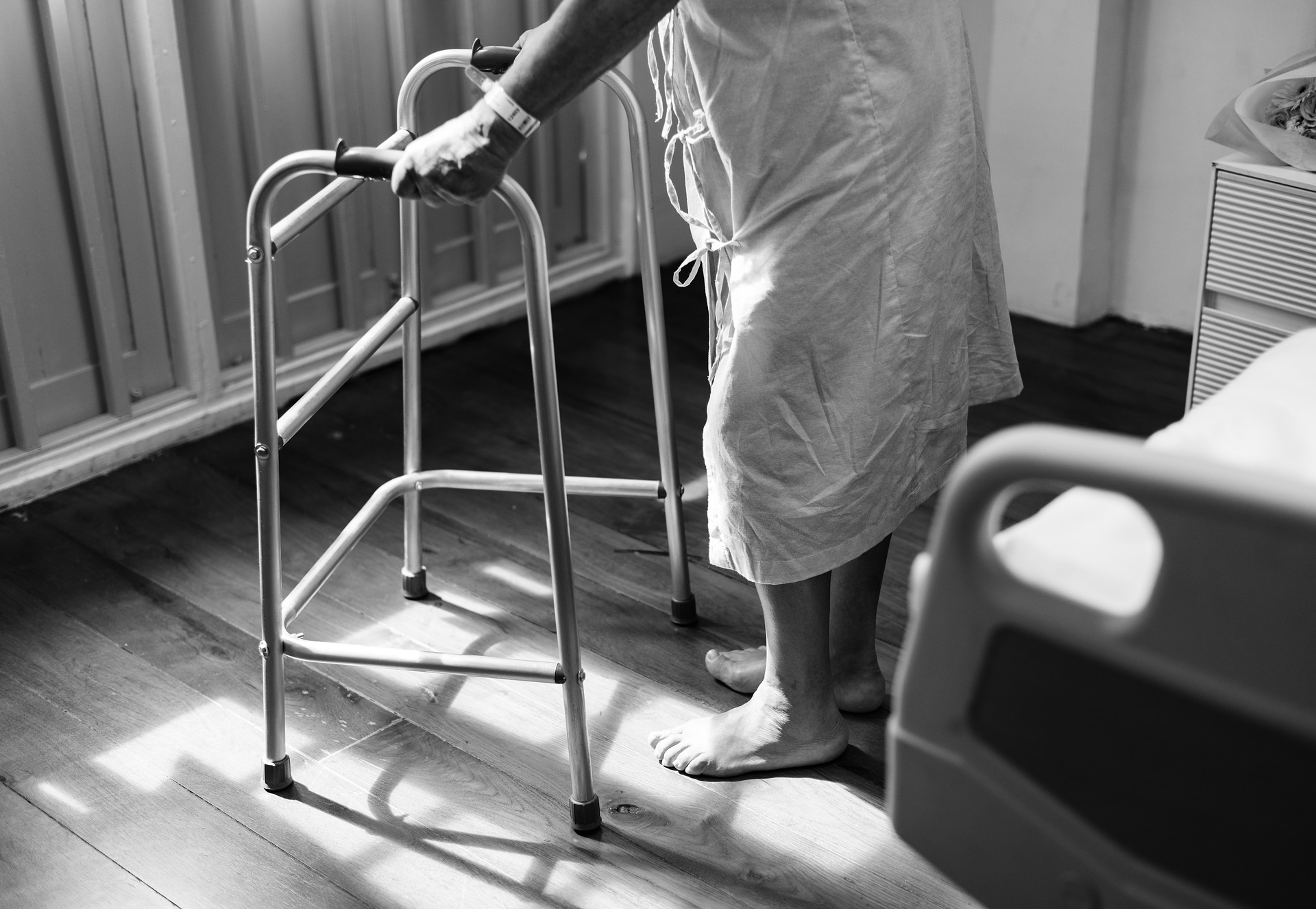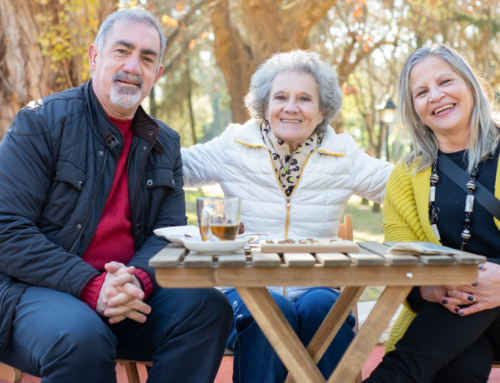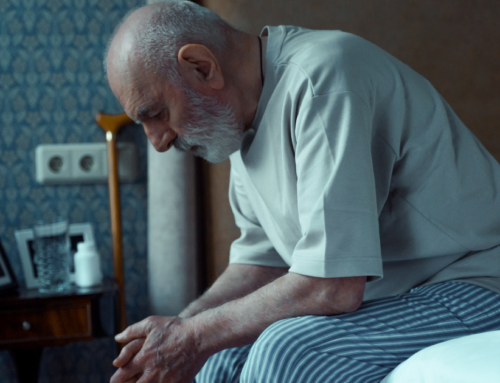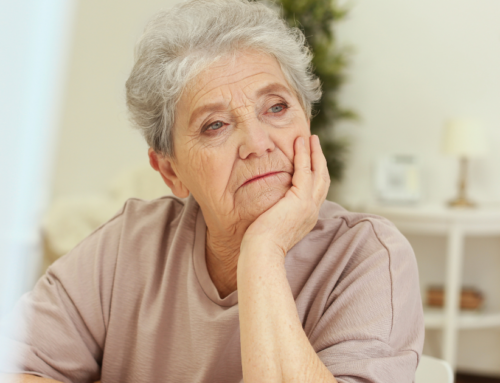Most of us, if asked, would say that we want to live a long and healthy life. With advances in medicine, people are living longer than ever before – well into their 80’s, 90’s and beyond. While living a long life with good health is a blessing, without good health that long life may lack the quality that each of us hopes for. Having a good quality of life depends in large measure on having a body that functions well.
For too many seniors, life, as well as quality of life, is cut short when they experience a devastating fall. The incidence of falling is increasing across the United States and is one of the major causes of a decrease in function in an older person. It’s an ugly cycle; falling can lead to frailty which leads to less mobility and independence, which leads to muscle loss which can lead back to falling. And to make matters worse, falling one time doubles a person’s chances of falling a second time.
The 2015 National Falls Prevention Action Plan of the National Council on Aging offers the following facts about falls and older adults:
- Falls represent a serious threat to seniors’ physical and mental health, safety, and independence.
- One out of three people age 65 and older fall each year.
- Falls are the leading cause of both fatal and nonfatal injuries among older adults, causing severe injuries such as hip fractures, head trauma, and death.
- Older adults are hospitalized for fall-related injuries five times more often than for injuries from other causes.
- More than two-thirds (81%) of Traumatic Brain Injuries (TBIs) in adults aged 65 and older are caused by falls.
- Many people who fall, even if they are not injured, develop a fear of falling. This fear may cause them to limit their activities, which leads to reduced mobility and loss of physical fitness, and in turn increases their actual risk of falling.
Most falls are preventable and falling is not an inevitable part of aging. Fall prevention falls into two categories; one deals with the environment and living space of the older person while the second category addresses health care issues.
Environmental Factors and Living Space
Much can be done in the home to decrease the chance of falling:
Lighting: Increase lighting including the use of night lights.
Floors: Eliminate clutter and maintain clear floors to decrease stumbles and falls. Electrical cords and small rugs can be a tripping hazard.
Bathrooms: Support items, including grab bars in the bathroom and particularly in the tub or shower, can help prevent falls as can using a non-slip mat in the bathtub or shower. Using a sturdy shower chair and a raised toilet seat makes it easier to stand up.
Senior Health Care
Muscle Mass: As age advances, muscle mass is likely to decline. Reduced muscle strength can result in an increased risk of falls. To maintain as much muscle mass as possible, seniors should be encouraged to exercise in whatever way they can. Walking is excellent exercise. Leg lifts are good, even if the person is sitting. Moving feet back and forth will not only help strengthen legs but help with circulation.
Nutrition: Diets of older adults needs to include enough calories and protein so as to maintain muscle mass.
Vision: Eyesight should be evaluated regularly. Not wearing their glasses or wearing the wrong glasses will limit vision and increase the risk of falling. Eye conditions such as glaucoma or cataracts can also limit vision and make removing clutter from the home even more important.
Blood Pressure: Anyone can be at risk of falling if their blood pressure drops, which can happen when going from a sitting or reclining position to standing. Guard against this by staying hydrated and moving slowly.
Medications: Some prescribed medications may cause a loss of appetite. Even more dangerous, some medications can have negative side effects that increase the risk of falling such as dizziness, weakness, or nausea. A doctor or pharmacist should review medications regularly.
Shoes: Pay close attention to what an older person has on their feet. Avoid slippers, flip-flops or socks with no shoes and choose footwear with a slip resistant sole that supports the ankle.
In an article, 10 Years Standing Together to Prevent Falls, the Area Agency on Aging of Seattle and King County lists a number of fall prevention programs offered at senior centers and other locations throughout King County. “These programs help older adults gain strength, improve balance, and build confidence to help them live safer and healthier, and preserve their independence.” You can learn more about these programs from the article but even if it is not possible to involve your client or loved one in a structured fall prevention program there is much that can still be done at home by improving nutrition, increasing activity, and making the home environment safer.






